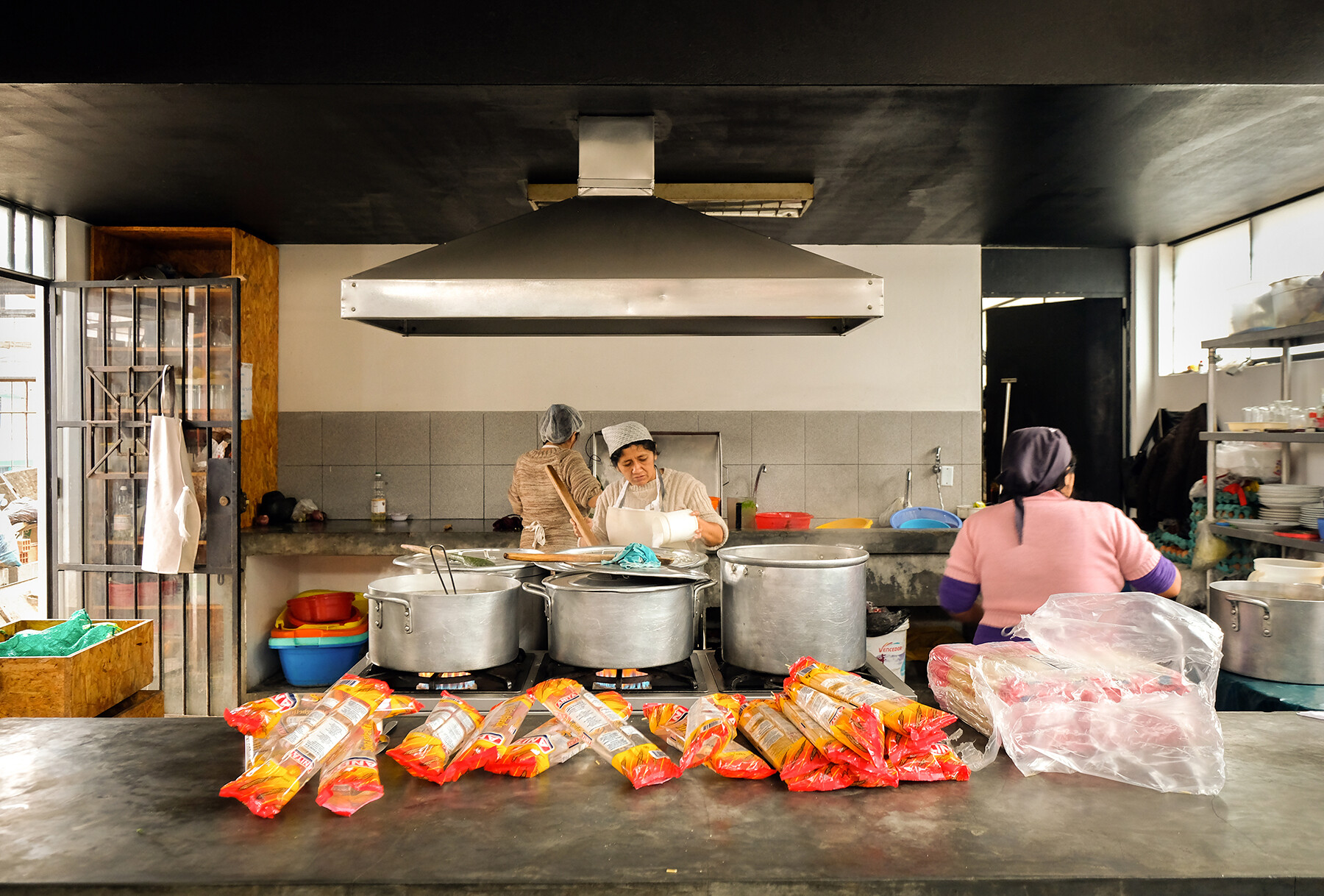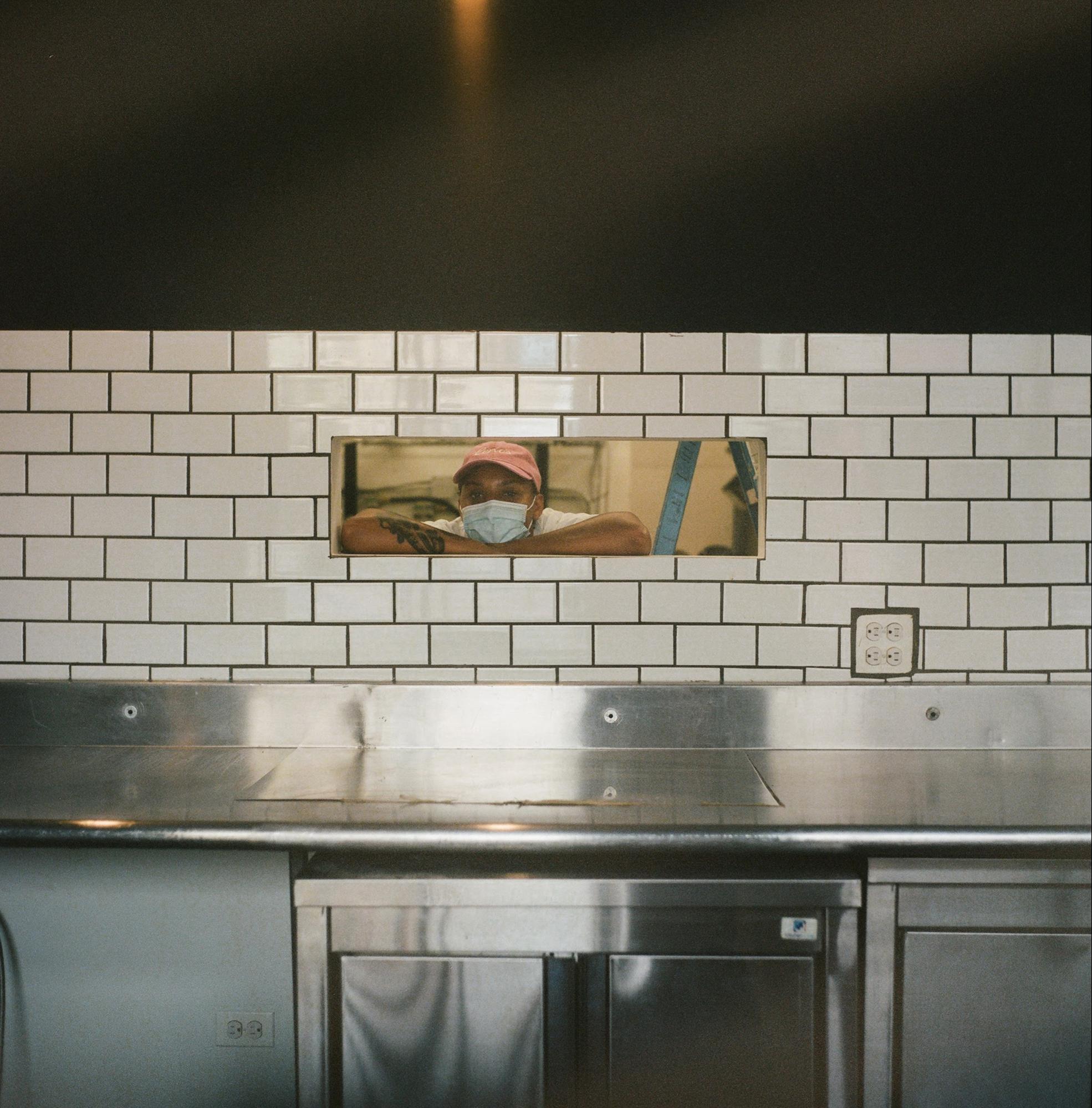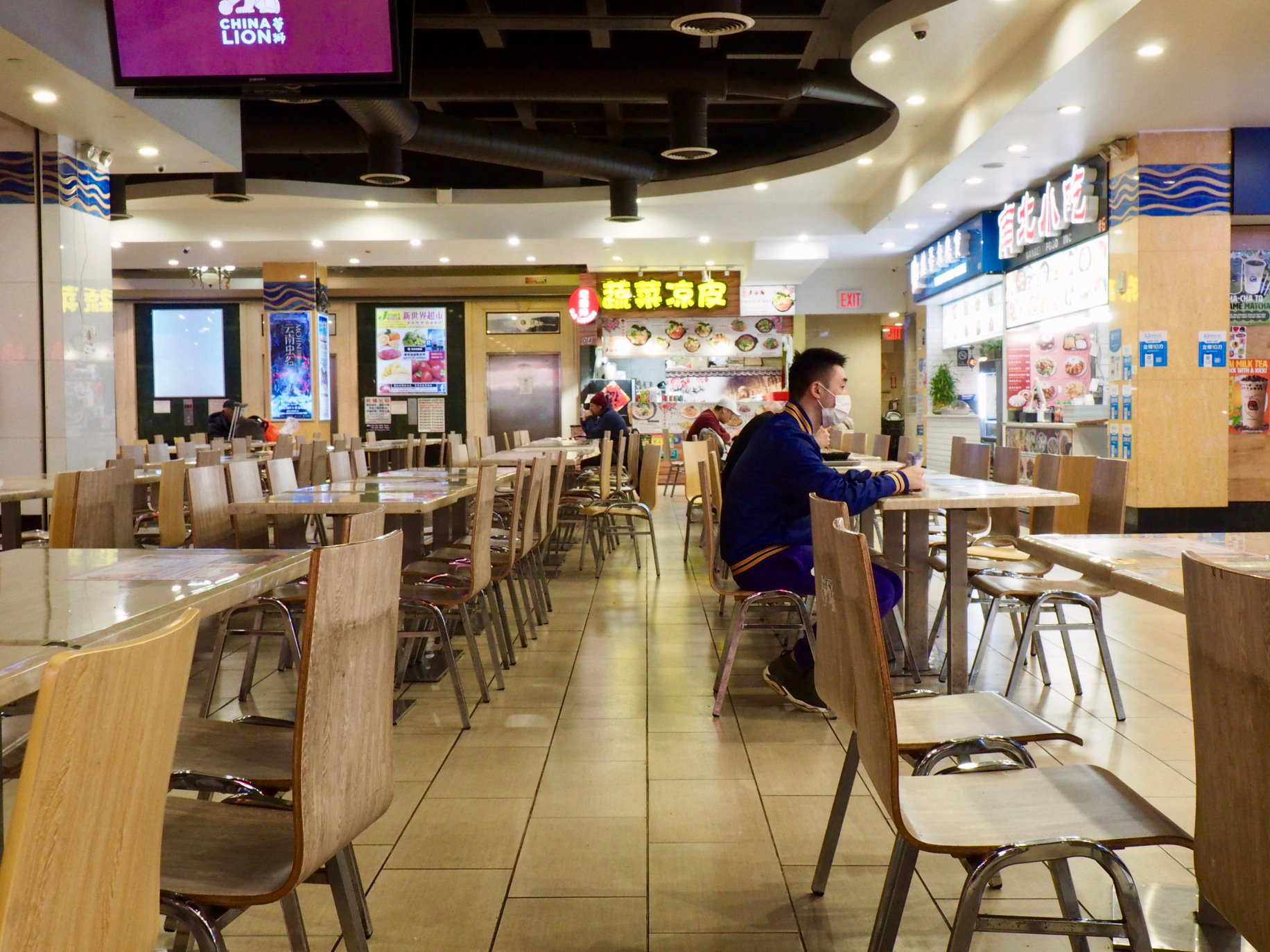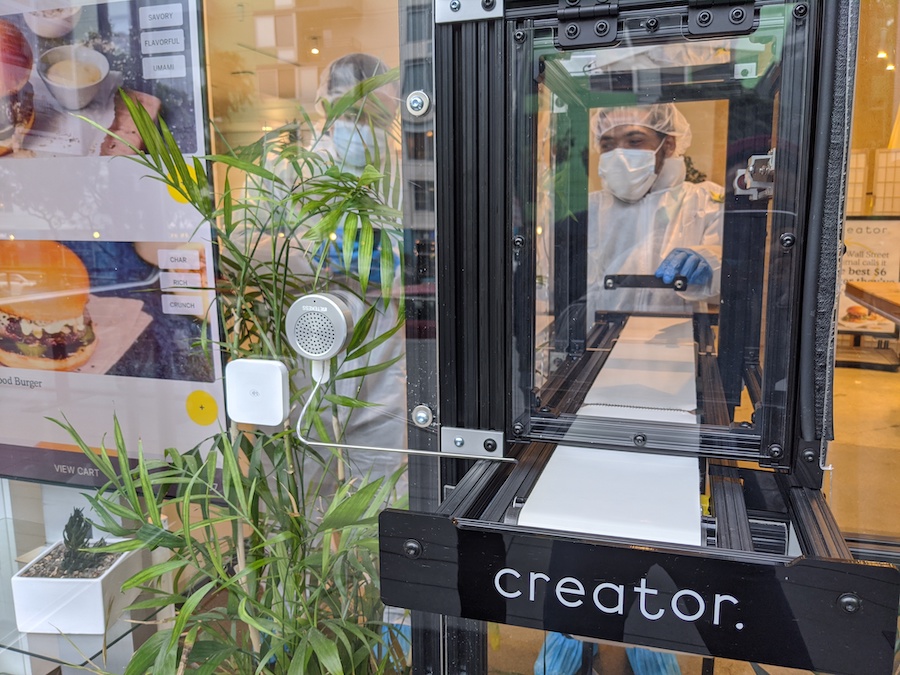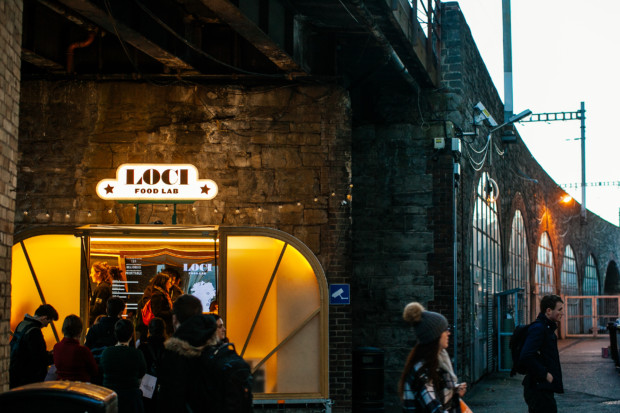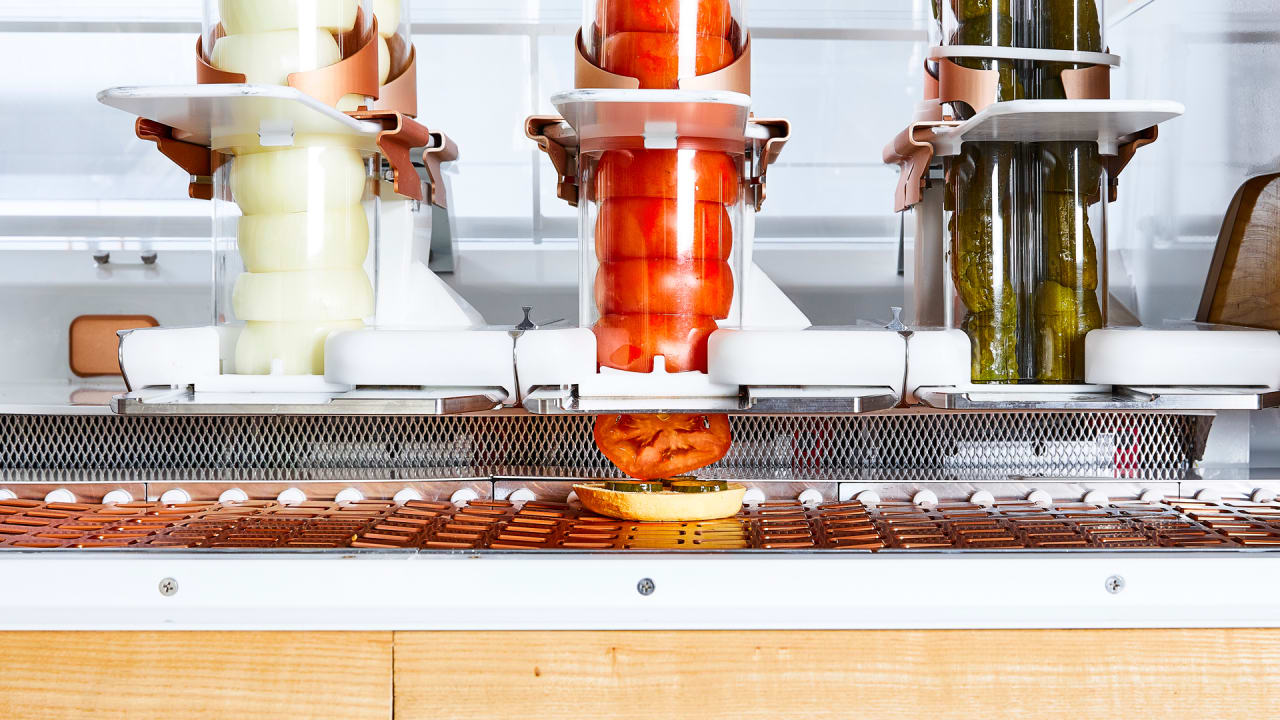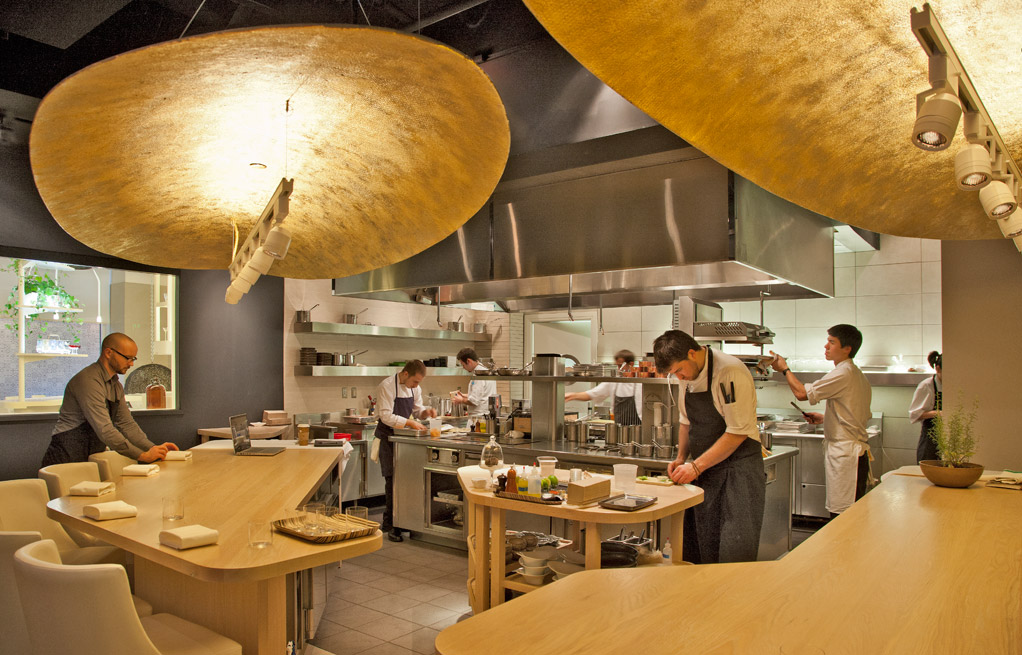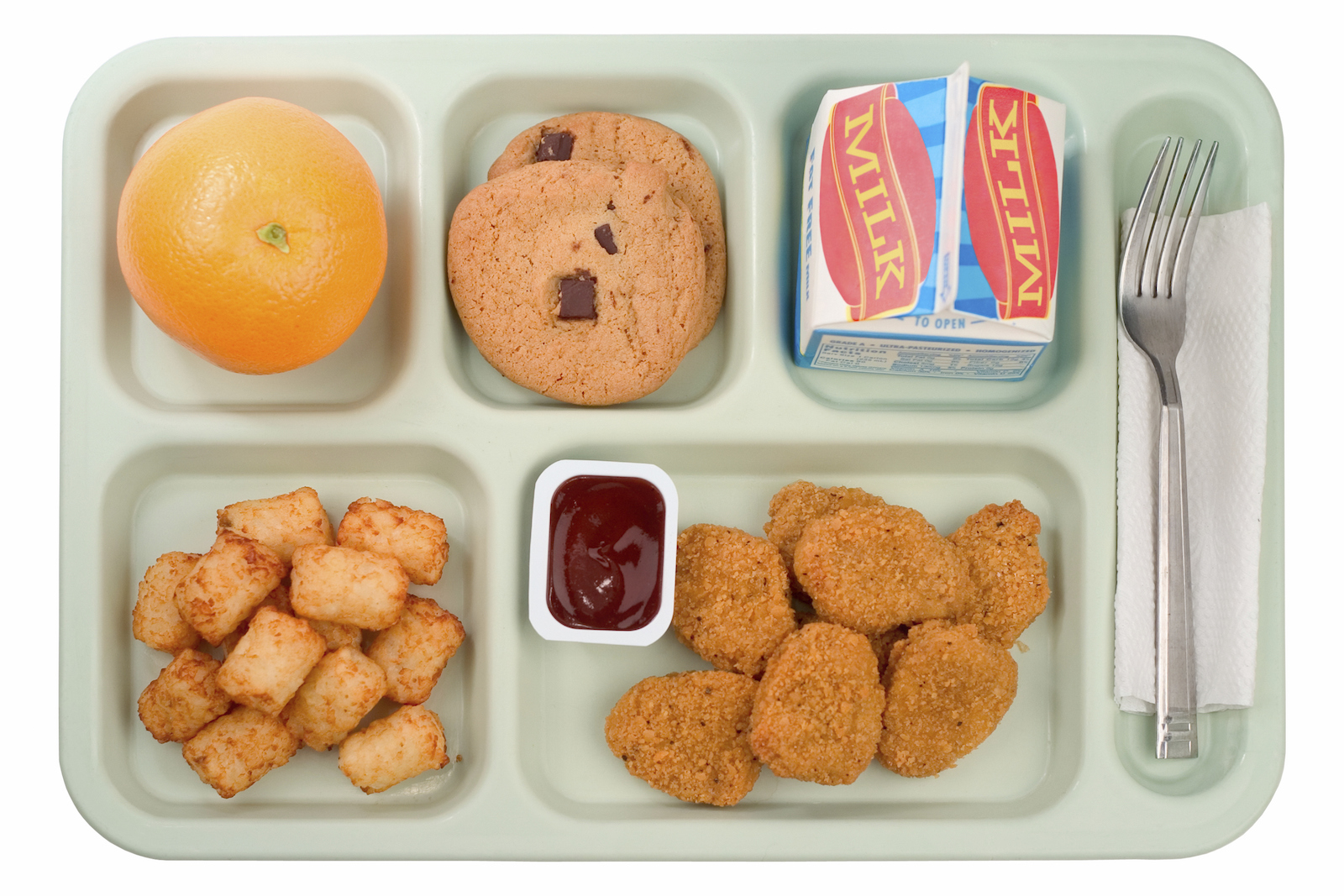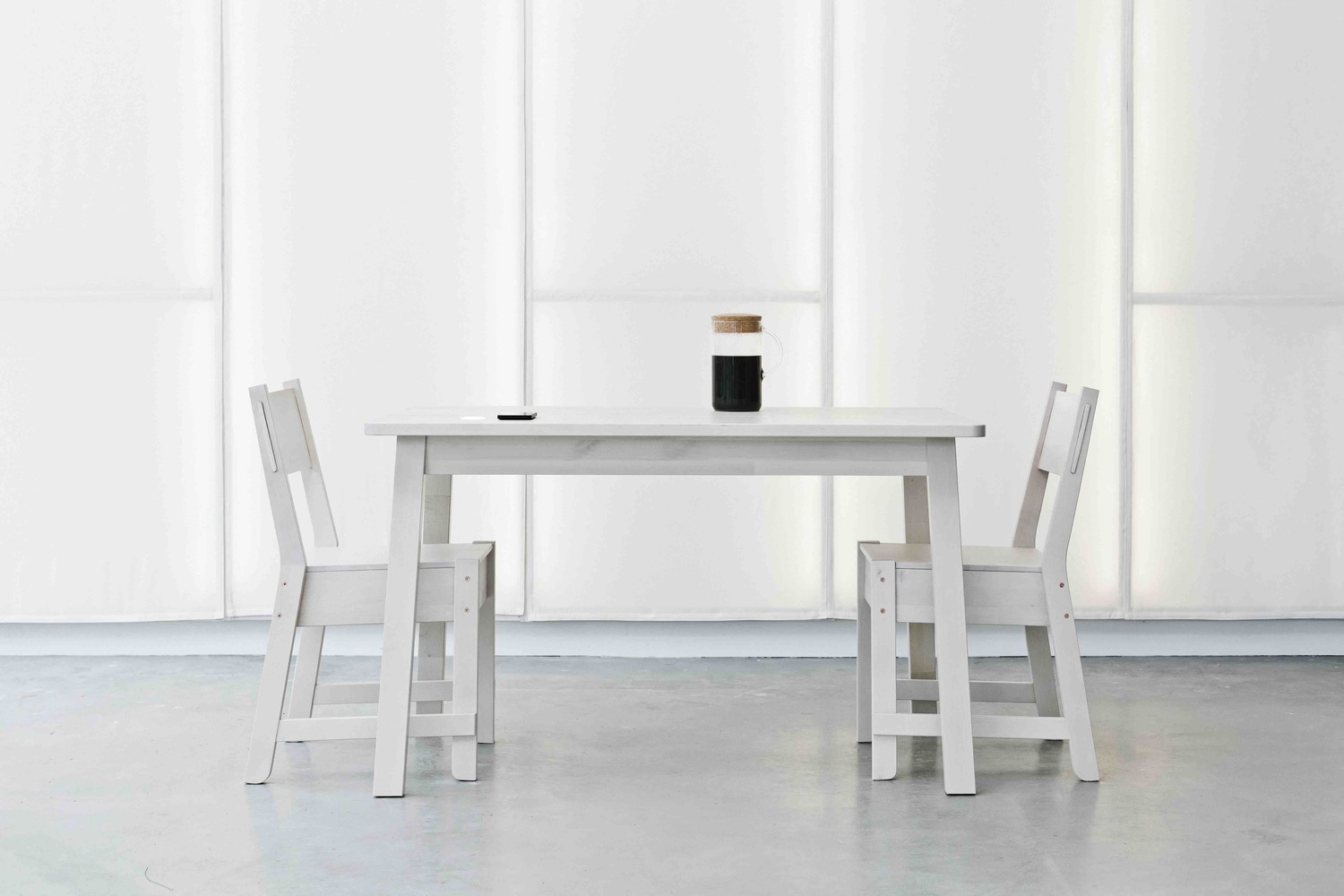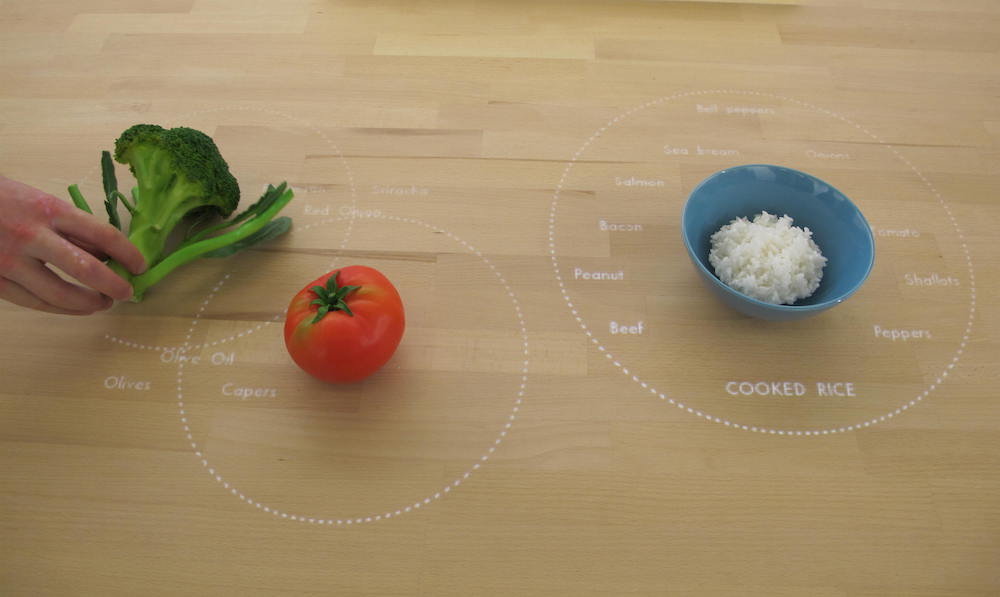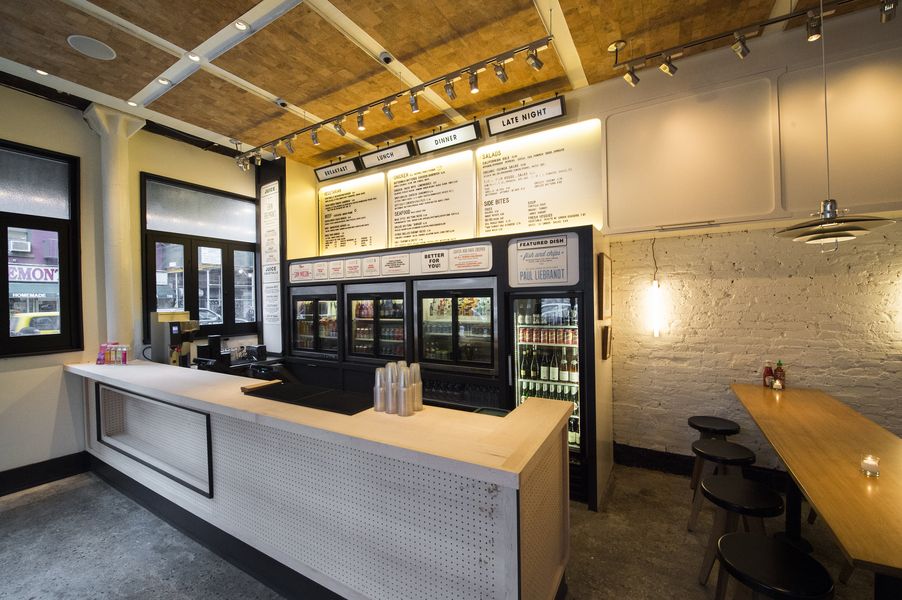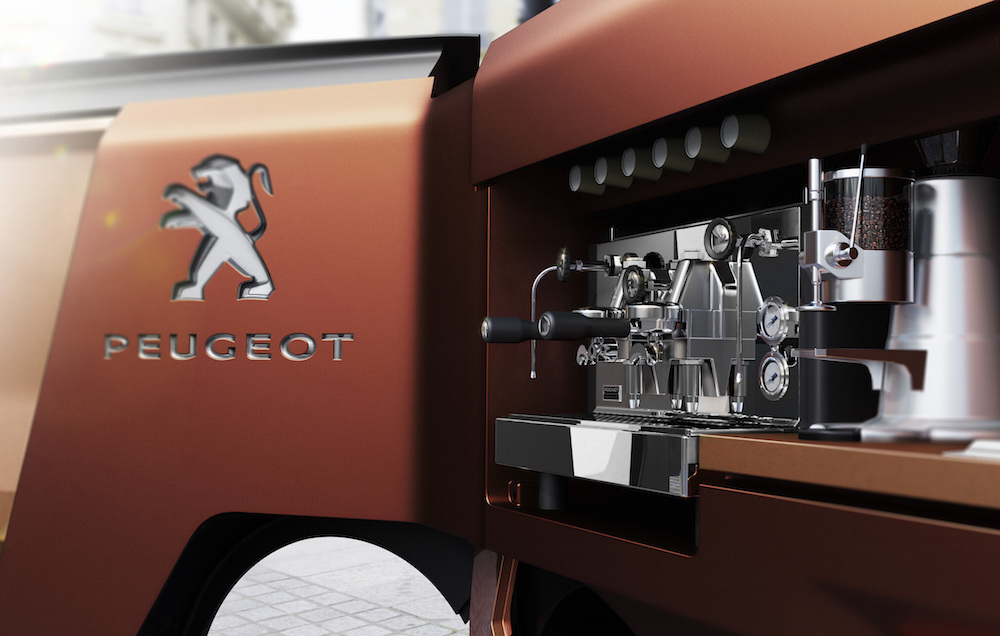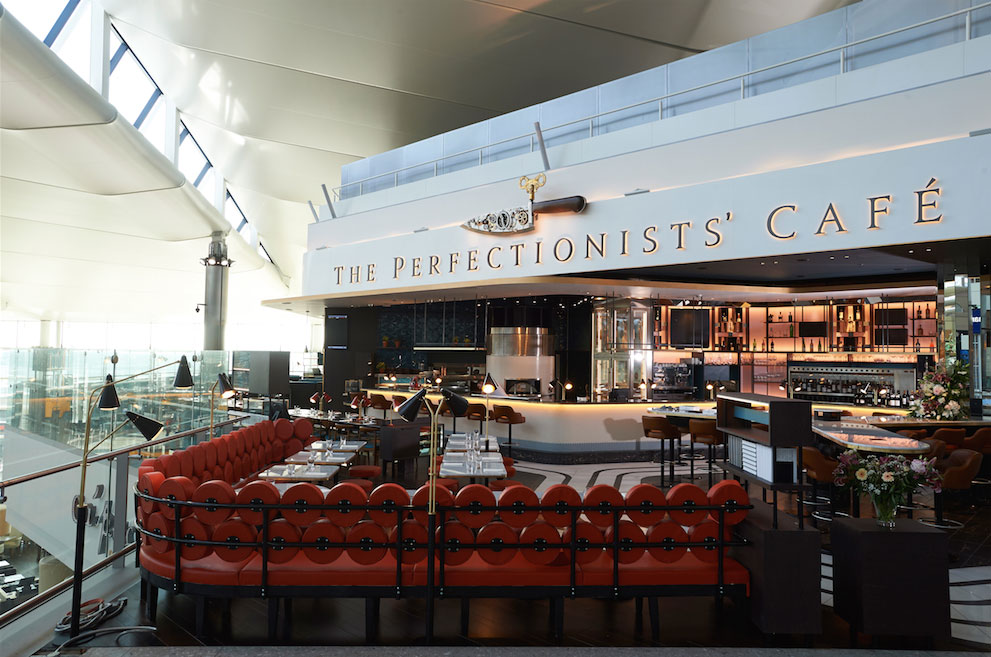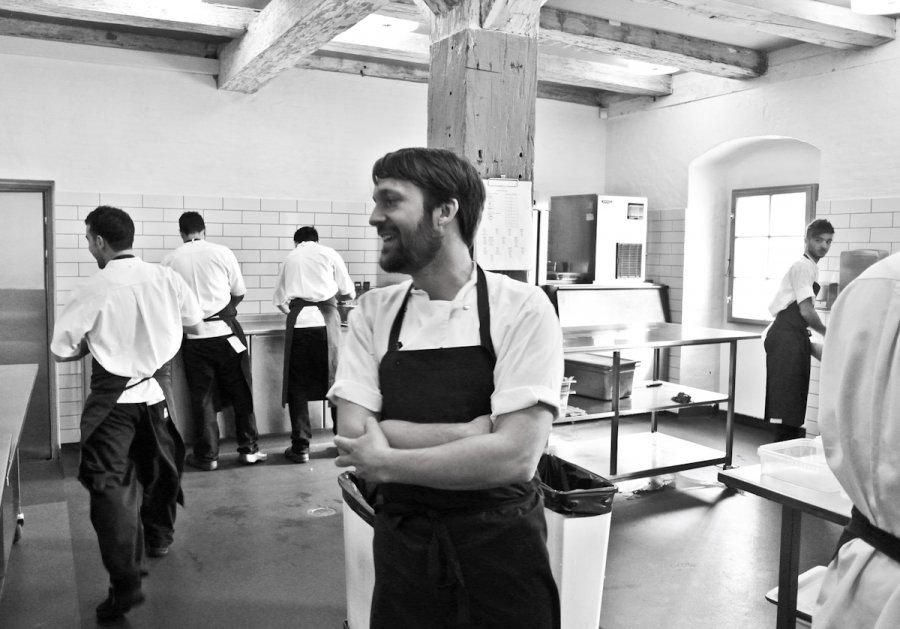Although delivery companies like Grubhub and Seamless have begun catering to the growing market for fast, streamlined food systems, the arrival of a technology driven restaurant industry has only just begun to breach the opportunities available for altering and improving food service. Initially founded as a fast-casual restaurant chain, start-up company eatsa is introducing a new tool for making delivery more efficient, by providing third party automated technology for restaurant operations and delivery services.
Past products by eatsa have focused on creating virtual restaurants through what the company labeled its “Cubby Pickup System,” a completely automated, end-to-end service platform. Eatsa’s virtual restaurant set-up included self-serve kiosks, automated digital cubbies for delivery and pick up, intelligent queue software (for optimizing the time orders are received and when they’re made) and kitchen management systems. Departing from the complexity of the Cubby Pickup System, eatsa’s newest technology streamlines food pickup by taking advantage of neglected inefficiencies in delivery systems.
Eatsa’s most recently launched product, the Spotlight Pickup System, rolled out this spring, and is already implemented in restaurants like Mac’d in San Francisco, and Evergreens in Seattle. The “Spotlight Pickup System” aims to remove all the small inefficiencies that take up time in food pickup and delivery, as well as collect more accurate data about when food is picked up and how long it is left waiting for a customer. The Spotlight is essentially a (much higher tech) shelf, where individual customers or food delivery couriers can pick up orders.
While the shelf-based system may seem to complicate the simple task of picking up food, it employs a few key improvements; delivery couriers or customers often don’t know which order is theirs, or they don’t know where to pick it up. When a single counter holds an array of delivery bags, and there’s no free employee to direct customers on which one is which, individuals often end up waiting in unnecessary lines, and delivery times for online orders are lengthened, or a delivery driver might even pick up the wrong order. Each eatsa “spot” can notify customers that their food is ready, and provides an easily accessible location for food pickup, complete with the name of the order.
The spots are modular, allowing restaurants to purchase however many they need. Eatsa’s spots can be installed in cubby-like formations to save space, or as a simple row of shelves. By saving time and making pickup and delivery schedules more accurate, the Spotlight system can help restaurants avoid the large buffer times often scheduled into delivery services.
Specific, efficient timing will make food delivery more consistently fresh, as well as help restaurants with quality assurance. The spots can also notify restaurant employees if a delivery order has been waiting for a long amount of time, so the driver can be contacted, or the order remade. However, what really makes eatsa innovative is its place in the economic market surrounding the service industry; the space that eatsa is filling, providing autonomous technology to restaurants that it doesn’t own, is a new-and likely growing-sector for product design in food.


